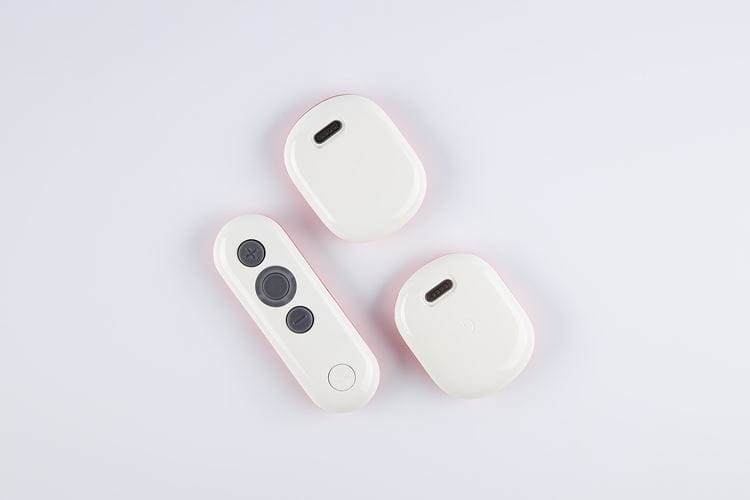Connected health
Let Nordic's expertise help you deliver the health tech your customers rely upon

U.K.-based company gaitQ will soon launch a wearable device that provides walk cueing for people with Parkinson’s disease. The ‘gaitQ Tempo’ is made up of a handheld controller and two leg-worn devices that use vibrational cues to help people with Parkinson’s maintain a more fluid and stable gait.
“Parkinson's is the fastest growing progressive neurological disorder in the world,” says Philippa Tsirgiotis, Product Engineer at gaitQ. “Loss of gait control is common, resulting in increased fall risk, loss of confidence and overall reduced activity levels. Additionally, early signs of Parkinson's can be difficult to detect, as subtle gait abnormalities or changes in activity are often missed until the condition progresses.”
The gaitQ Tempo employs the Bluetooth® LE capabilities of Nordic Semiconductor’s nRF5340 SoC, using the SoC’s 2.4 GHz multiprotocol radio for wireless connectivity between the three parts of the device for control and time synchronization.

Upcoming clinical trials will accelerate future product development related to the analysis of gait data collected from the device’s six-axis Inertial Measurement Units (IMUs). The data is sent to the Cloud via a USB link while the device is plugged in for charging, allowing gait quality reports to be shared with healthcare providers. In future, the data could help monitor the progression of Parkinson’s disease, and allow for future gaitQ products to provide more personalized service.
The gaitQ Tempo is powered by the nRF5340 SoC’s flexible dual Arm® Cortex®-M33 processors. The SoC features a dedicated application processor and a fully programmable, ultra low power network processor each with its own dedicated volatile and non-volatile memory resources. The application processor has ample performance for future products which will feature added functionality such as adaptive and personalized smart cueing, based on the user’s real-time movement data.
Using Li-Pol batteries (with a 600 mAh battery in each of the leg-worn devices and a 400 mAh battery in the controller), gaitQ Tempo can function for up to 36 hours between charges.
“Battery life is very important for the product,” says Tsirgiotis. “Thanks to past experience with Nordic solutions, we were confident that we could easily meet our [battery] lifetime requirements.
“Nordic’s Zephyr support, integrated Bluetooth LE radio, dual core hardware architecture, processing power and capabilities of the main application core were also key reasons behind selecting this chip. And the nRF SDK [Software Development Kit] provides us with some extra functionality that is not yet upstreamed into Zephyr,” says Rich Barlow, Head of Engineering at gaitQ.
“We currently use AWS [Amazon Web Services] IoT functionality for uploading runtime diagnostic data from the devices, which we then process and analyze using our internal SDK and serverless infrastructure,” says Barlow.
Let Nordic's expertise help you deliver the health tech your customers rely upon